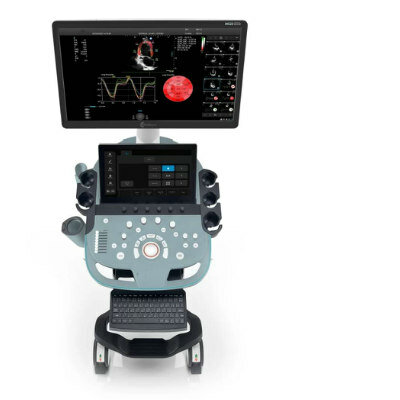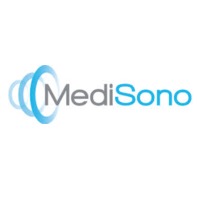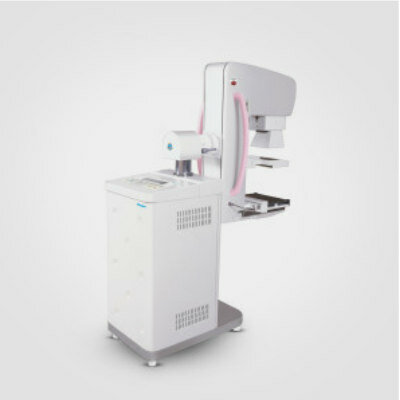Cardiovascular Screening Recommended Every 5–10 Years for Chest Radiation Cancer Patients with Risk Factors
By MedImaging International staff writers
Posted on 13 Aug 2013
Cancer patients who receive chest radiotherapy should be screened for heart disease every 5–10 years, according to the two international cardiology societies.Posted on 13 Aug 2013
The recommendations, established by the European Association of Cardiovascular Imaging (EACVI; Sophia Antipolis, France) of the European Society of Cardiology (ESC) and the American Society of Echocardiography (ASE; Morrisville, NC, USA), were defined in the first expert consensus statement on screening for radiation-induced heart disease (RIHD), published in the August 2013 issue of the European Heart Journal-Cardiovascular Imaging.
Prof. Patrizio Lancellotti, chair of the expert task force and president of the EACVI, said, “The prevalence of radiation-induced heart disease is increasing because the rate of cancer survival has improved. It’s a long term risk, and RIHD manifests 5-20 years after the radiation dose. Survivors of Hodgkin’s lymphoma and breast cancer received high doses of radiation on their chest under the old treatment regimes. Over time, these patients can develop RIHD in the heart valves, myocardium, vessels—including the aorta, the pericardium, and the coronary arteries. Their risk of death from coronary artery disease, myocardial ischemia, and myocardial infarction is increased. Radiotherapy is now given in lower doses but patients are still at increased risk of RIHD, especially when the heart is in the radiation field. This relates to patients treated for lymphoma, breast cancer, and esophageal cancer. Patients who receive radiotherapy for neck cancer are also at risk because lesions can develop on the carotid artery and increase the risk of stroke.”
RIHD is estimated to occur in 10%–30% of patients who receive chest radiotherapy within 5–10 years post-treatment. Cardiac structural and functional alterations after radiation can be identified early using echocardiography, cardiac computed tomography (CT), cardiac magnetic resonance (CMR), and nuclear cardiology. However, screening for RIHD is not routine practice.
In the report, the expert group recommended that (1) before initiating any chest radiotherapy course, patients should have screening for RIHD risk factors, a clinical examination, and a baseline echocardiographic evaluation. (2) Patients who receive chest radiation for tumors including breast cancer or lymphoma should receive cardiac screening five years post-treatment if they have any cardiac abnormality or are at high risk and 10 years post-treatment if not. (3) Cardiovascular screening should be repeated every 5–10 years depending on the presence of cardiac abnormalities and the level of risk. (4) All patients who had chest radiation for cancer in the past should receive a cardiac examination starting with echocardiography. (5) Lastly, patients are at high risk of RIHD if they have radiation for left-sided breast cancer, have a high dose of radiation (often used in young people), the irradiated area is not shielded, have a high dose of anthracyclines, or have cardiovascular risk factors including smoking, obesity, and inactivity.
“We wrote the expert consensus to raise the alarm that the risks of radiation-induced heart disease should not be ignored,” noted Prof. Lancellotti. Cardiovascular screening is needed before and after radiation therapy to detect RIHD early, follow-up patients at appropriate intervals, and define the optimal timing for any kind of intervention. Echocardiography is the first line of imaging assessment but in some patients we need other examinations including stress imaging, CT and CMR. For instance we can precisely assess the presence of myocardial fibrosis using CMR and more accurately assess cardiac calcification using CT.A registry of RIHD is needed in Europe to determine the true prevalence of the disease and collect outcome data. This together with screening should reduce the risk of patients developing RIHD and enable us to treat it early when it does occur.”
Related Links:
European Association of Cardiovascular Imaging
American Society of Echocardiography














